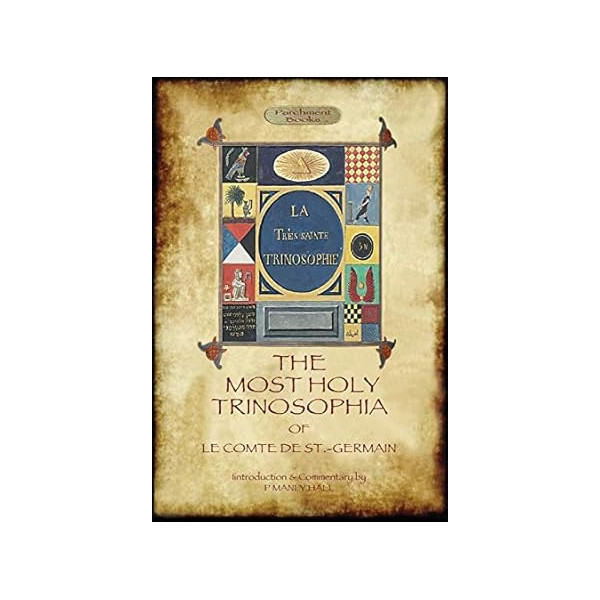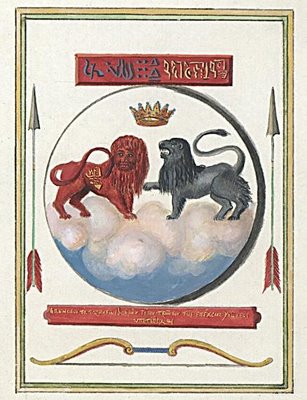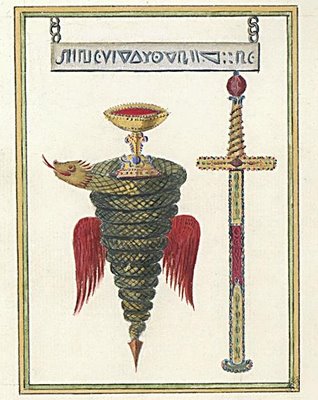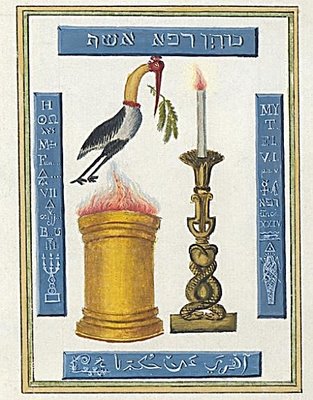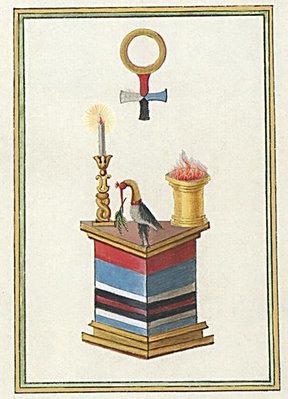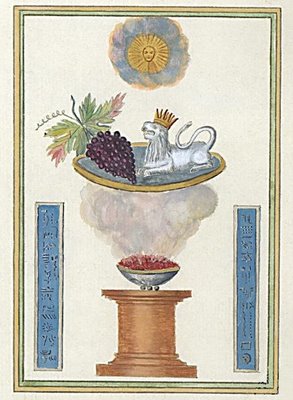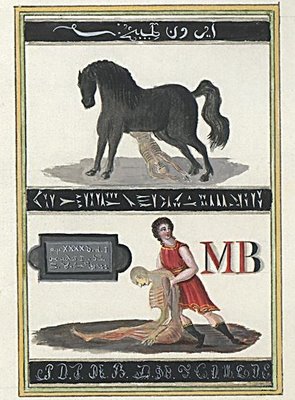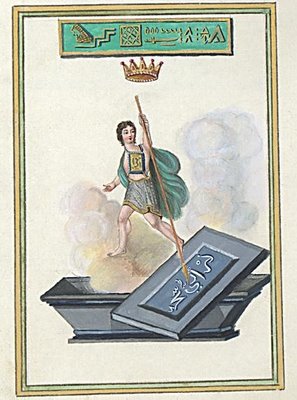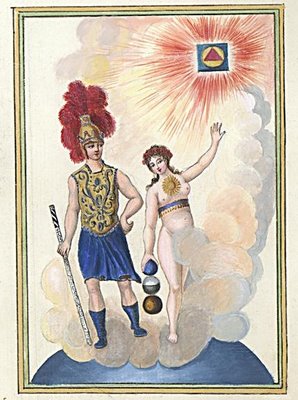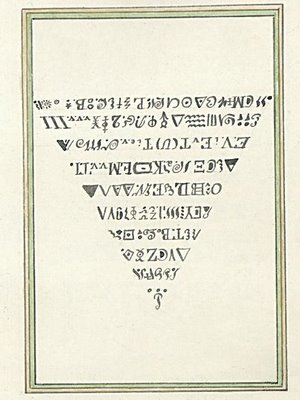Author: St Germain, Le Comte De
A fascinating book attributed to the infamous Count Saint Germain himself, this completely allegorical story is a symbolic explanation of the Philosophers Stone and it’s creation.
It reads like one big beautiful multifaceted riddle. My copy includes small reproductions of symbolic images that accompany each chapter of the book.
The Most Holy Trinosophia
A Review of the Enigmatic Testament of the Comte de St. Germain
To open La Très Sainte Trinosophia is to step into a chamber where history and myth hold each other’s gaze, neither willing to blink. The manuscript, attributed to the Comte de St. Germain — the “man who does not die” — is less a book than a labyrinth of allegory. It begins in chains, with the narrator writing from the dungeons of the Inquisition, but every line quickly slips from literal prison into metaphysical theater. He promises to lift the “impenetrable veil” concealing the sanctuary of nature’s secrets, and with that promise the reader is ushered into the dangerous borderlands between Enlightenment rationality and esoteric initiation.
The prose is deceptively plain, almost intimate: warnings to a friend about the perils of indiscretion, parables of volcanic landscapes, lessons disguised as prison confessions. But beneath the surface runs a code. Alchemical allusions coil around the text: fire and water, chains and liberation, nigredo and rubedo. Ciphers in Greek, Hebrew, Arabic, even pseudo-cuneiform, stud the manuscript like deliberate landmines, meant to ensure that only initiates — or the obsessively patient — could hope to decode its meanings.
What makes Trinosophia extraordinary is not whether it offers “real” recipes for transmutation (though some commentators treat it as such), but how it embodies the riddle of St. Germain himself. He was at once courtier and chemist, polyglot and musician, prophet and raconteur. To Madame de Pompadour he was a marvel of wit and memory, to Casanova a charlatan tinkering with pigments and tricks. One moment he is said to have dined with Cleopatra, the next he is demonstrating diamond purification for Louis XV. That tension — between admiration and disbelief, between awe and skepticism — is precisely what animates the pages of this manuscript.
Read today, Trinosophia is not a manual but a mirror. It reflects back the reader’s own appetite for mystery. If you long for hidden knowledge, it offers cryptic keys and promises of divine power. If you mistrust the occult, it can be dismissed as pastiche, a baroque confection of Masonic triangles, Rosicrucian allegories, and Eastern meditations. Either way, the manuscript works its spell: it forces you to decide what kind of reader — and what kind of believer — you are.
The real genius of Trinosophia lies in its refusal to resolve. It is “the rarest of occult manuscripts,” yes, but also a literary performance in the guise of spiritual testament. St. Germain’s legend — the man who never aged, who appeared at courts across centuries, who whispered warnings of the Revolution and then vanished — hovers over every line. The book’s greatest transmutation may not be the turning of silver into gold, but the transformation of a man of flesh and blood into an eternal archetype: the Adept who walks just beyond history’s reach.
To read La Très Sainte Trinosophia is to walk into that twilight. You will not leave with a philosopher’s stone in hand. But you may leave with something stranger — the sense that you’ve shared a chamber, however briefly, with the most elusive figure of the eighteenth century, a man who made even his absence feel like a presence.
The book is further discussed here:
https://www.alchemywebsite.com/t_stgermain.html
You can read it here on Archive dot org.
or, if you prefer, you read it here on Sacred Texts.
Or, you can hold it in your hands.
That’s not all though. There us a lengthy introduction and commentary written by the also well known P. Manly Hall.
He tells the tale of Saint Germain in great detail, much of which you will already have heard if you have watched Youtube videos about the Count as this book is clearly one of a few sources used as research for those video creators, such as The Why Files? and others.
You can find more info about this book here.

